By Mary Jo King, NCRW, NCOPE
If you are changing employers, you’ll eventually need to consider the retirement account that resides with your former company. Since the consequences of your decision can have a significant impact on your tax situation and retirement planning, you may want to consult a professional. Generally, you have five options:
- Rollover direct to an IRA account – This option gives you greater control and more choices.
- Move to your new employer’s plan – If your new plan accepts retirement assets from previous plan(s), you may be able to rollover your existing retirement account.
- Keep your money in your former employer’s plan – When leaving your job you may be given the option of leaving your money in the company plan if your retirement balance is greater than $5,000. This may be the easiest course of action to take, but you will not be able to make any additional contributions.
- Receive a cash distribution – For many individuals leaving a job, the thought of receiving a lump-sum distribution from their employer-sponsored retirement plan may be very appealing. However, receiving a cash distribution can have adverse tax consequences.
- Convert to a Roth IRA – Whereas distributions from a Traditional or Rollover IRA are taxable when distributed, a Roth IRA will allow you to take qualified distributions tax free. For a Roth IRA distribution to be qualified, you have to be age 59½ or older, and the assets must be in the account for a minimum of five tax years.
Note, this is just a quick overview of your choices, and no individual advice is intended here. If you want more information, I recommend you to your favorite financial advisor.
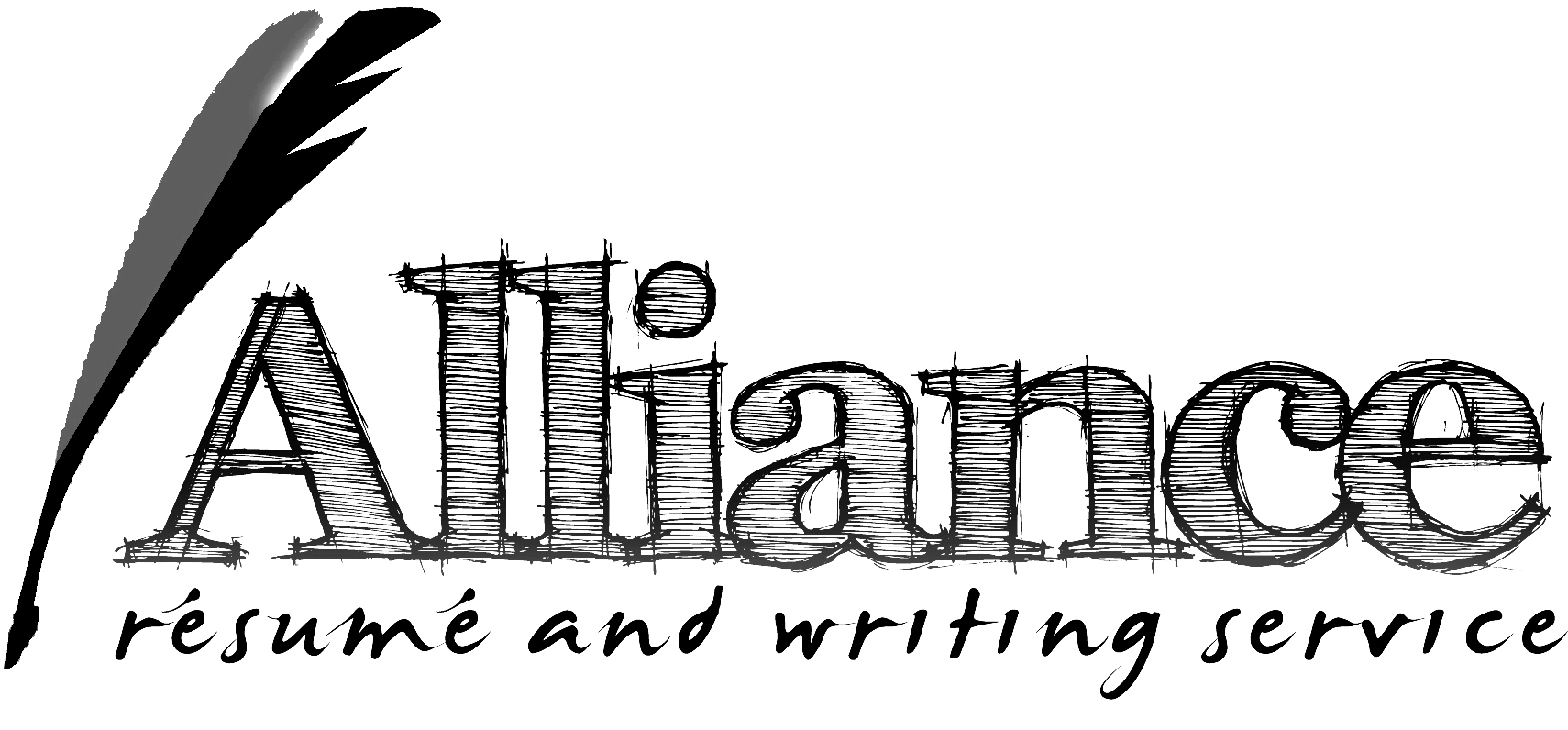
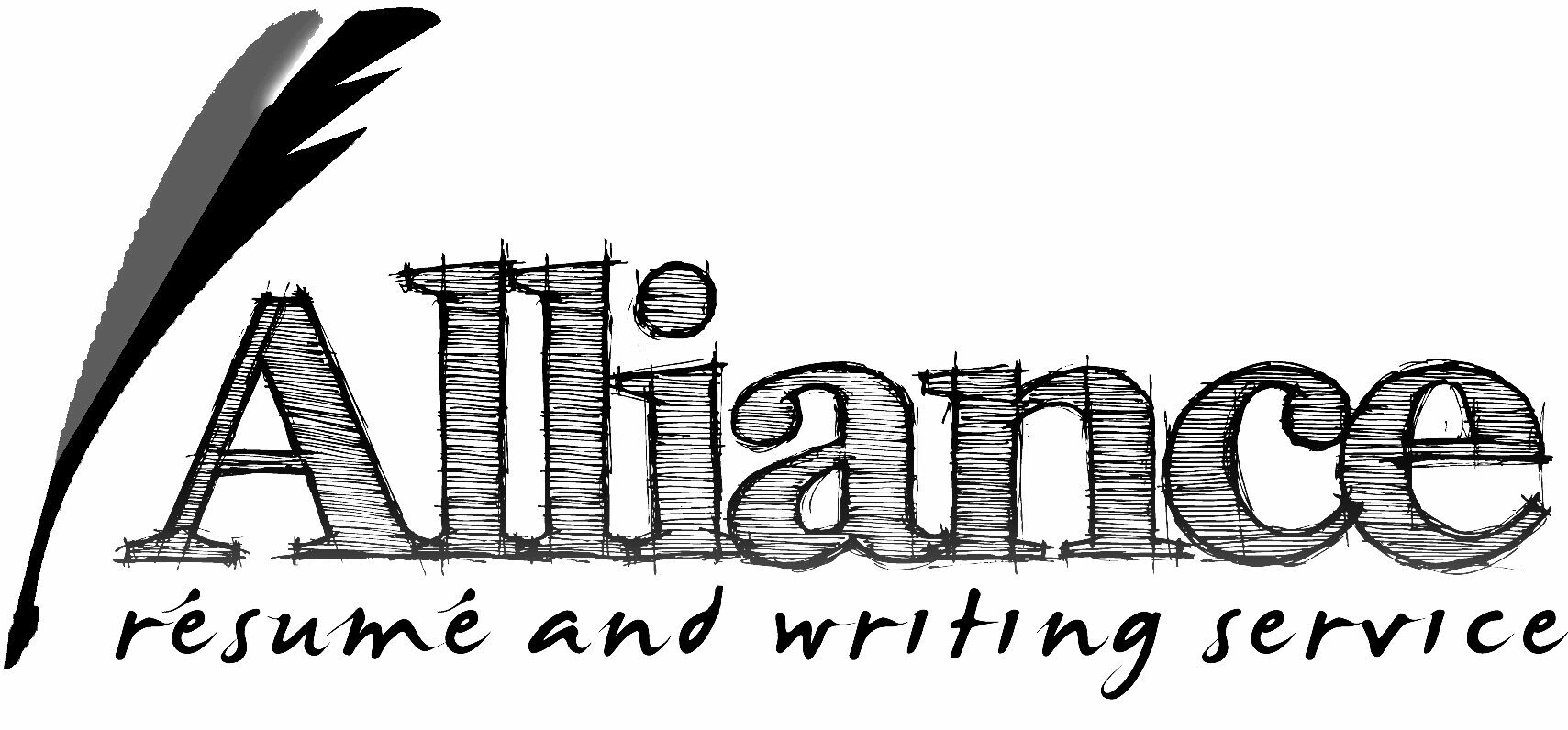



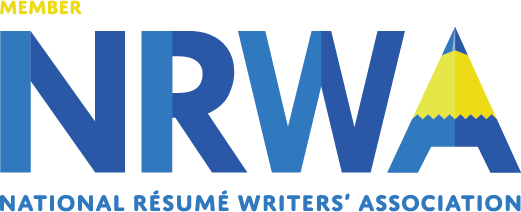
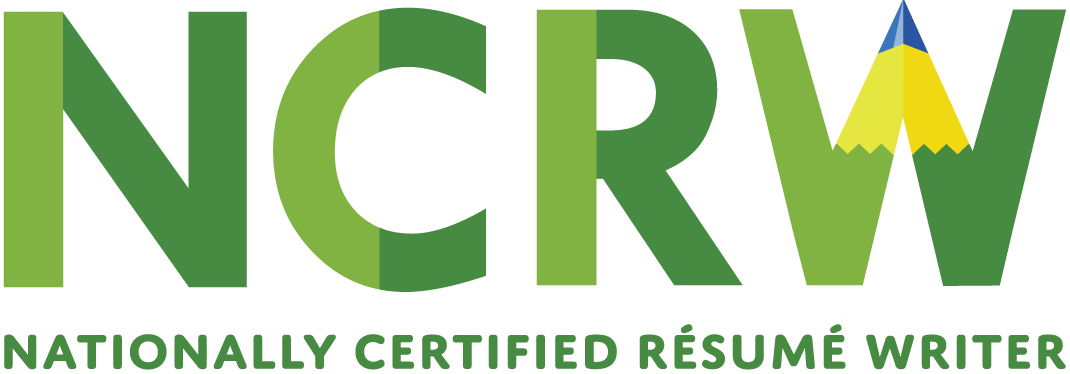

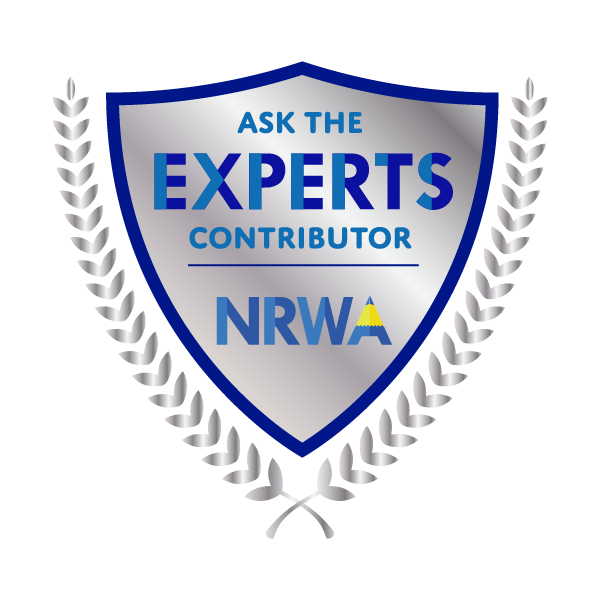
Comments are closed